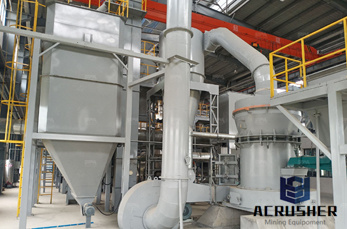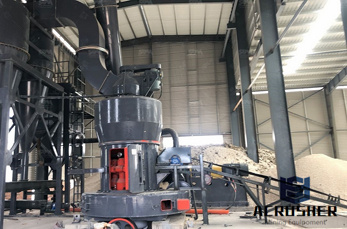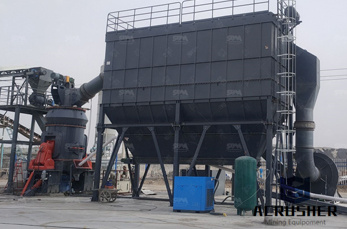Gypsum Wikipedia
Gypsum occurs in nature as flattened and often twinned crystals, and transparent, cleavable masses called selenite. ... Gypsum is a common mineral, ...
 WhatsApp)
WhatsApp)
Gypsum occurs in nature as flattened and often twinned crystals, and transparent, cleavable masses called selenite. ... Gypsum is a common mineral, ...

Anhydrite: Anhydrite,, an important rockforming mineral, anhydrous calcium sulfate (CaSO4). It differs chemically from gypsum (to which it alters in humid conditions ...

Gypsum Definition Gypsum is a soft sulfate mineral composed of calcium sulfate dihydrate. It forms as an evaporite mineral and as a hydration...

Gypsum is a mineral (CaSO 4 ·2H 2 O) that occurs in nature as both a mineral and, when in massive form, a rock. Massive deposits are present as sedimentary beds of ...

The most common sulphate mineral. Found as both massive material, including the alabaster variety; and clear crystals, the selenite variety; and, parallel fibrous ...

GYPSUM (Data in thousand ... Large gypsum deposits occur in the Great Lakes region, the midcontinent region, and several ... Mineral Commodity Summaries, January 2007 ...

Lenticular Gypsum: Occurrences in Nature,Journal of Sedimentary Petrology Vol.. 49 (1979) No.. (September), ... what are the occurrences of gypsum the mineral.

gypsum (hydrated calcium sulphate, CaSO 2 O) Most common sulphate mineral. Huge beds of gypsum occur in sedimentary rocks, where it is associated with halite.

Sulfate minerals form near the Earth''s surface in sedimentary rocks such as limestone, ... But most gypsum occurs in massive chalky beds of rock gypsum.

Large gypsum deposits occur in the Great Lakes region, the midcontinent region, and several Western States. ... Mineral Commodity Summaries 2017 Author:

Gypsum: Gypsum mineral information and data. The most common sulphate mineral. Found as both massive material, including the alabaster variety; and clear crystals ...

How is rock gypsum formed? A: ... it is stated that gypsum is a nonmetallic mineral that occurs in rock form that consists of calcium sulphate and water.

Gypsum – Wikipedia, the free encyclopedia. Gypsum is a very soft sulfate mineral composed of calcium sulfate dihydrate, with the chemical formula CaSO 4 ·2H 2 O.

Selenite (mineral) Wikipedia. Gypsum occurs on every continent and is the most common of all the sulfate minerals Gypsum is formed as an evaporative mineral ...

Gypsum outcrop in Clark County. Gypsum is an evaporite because it precipitates (settles) out of water as the water evaporates. the three varieties of gypsum are ...

Detailed description, properties, and locality information guide about the mineral gypsum (selenite).

The Big Brown lignite mine near Fairfield, Freestone County. There are many nonpetroleum, or nonfuel, minerals found in Texas. Some are currently mined, and others ...

MINERAL RESOURCES AND MINING. Minerals and mineral products of Texas are presented alphabetically in ... anhydrite, and gypsum occur in .

Gypsum can form anywhere where the right combination of mineral elements occurs and evaporation happens. It occurs as clumps of crystals or in thick beds.

Gypsum Physical Properties Healing Properties. ... Gypsum is a common mineral, ... Deposits are known to occur in strata from as far back as the Archaean eon.

Mineral Resources of the ... Among industrial minerals, the known occurrences of gypsum are of no interest, ... Other mineral occurrences are on calcite veins, ...

gypsum mineral Gypsum occurs in extensive beds associated with other evaporite minerals (, anhydrite and halite), particularly in Permian and ...

Gypsum occurs on every continent and is the most common of all the sulfate minerals. Gypsum is formed as an evaporative mineral, frequently found in alkaline lake ...

What is Gypsum? Gypsum is an evaporite mineral most commonly found in layered sedimentary deposits in association with halite, anhydrite, sulfur, calcite, and dolomite.
 WhatsApp)
WhatsApp)